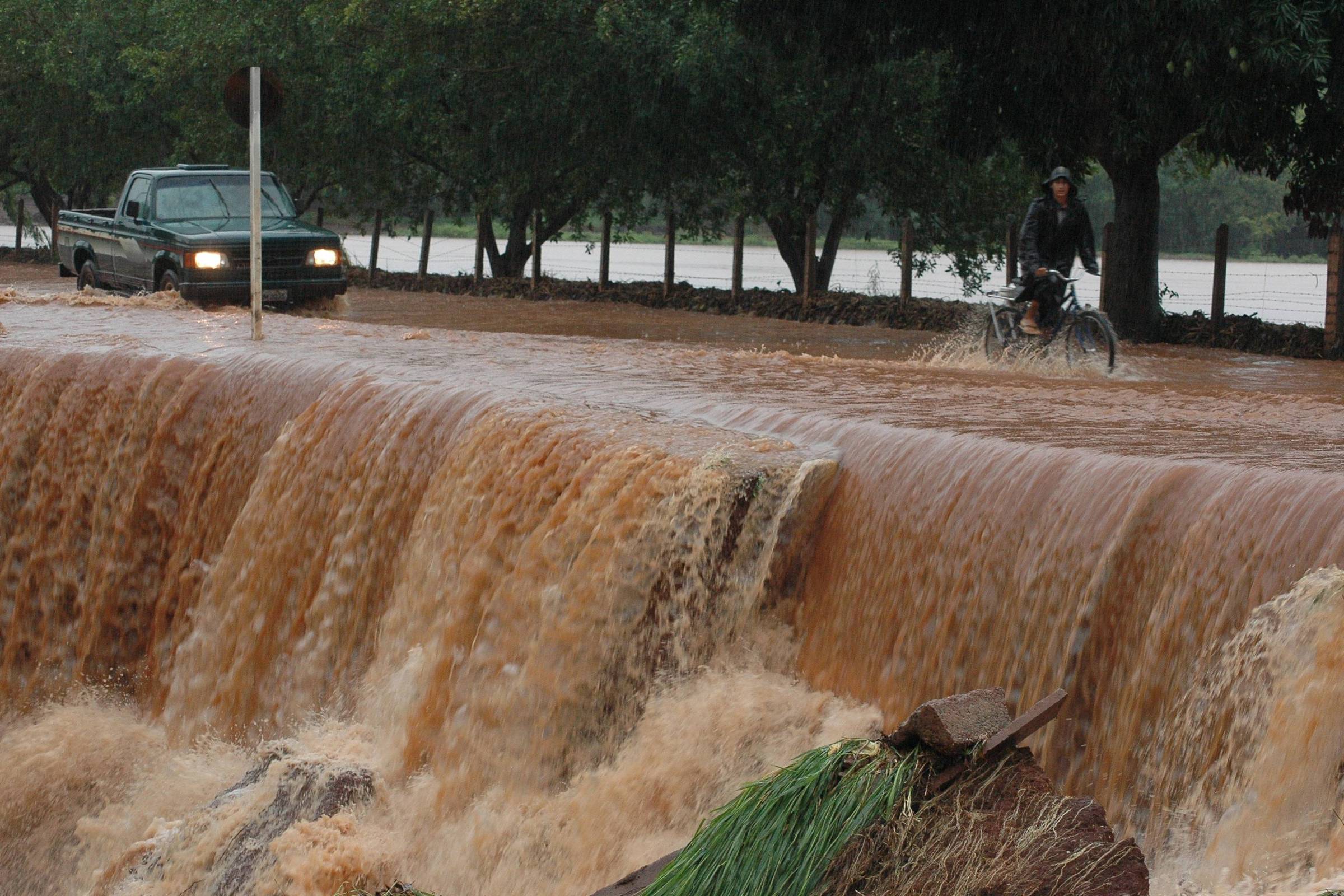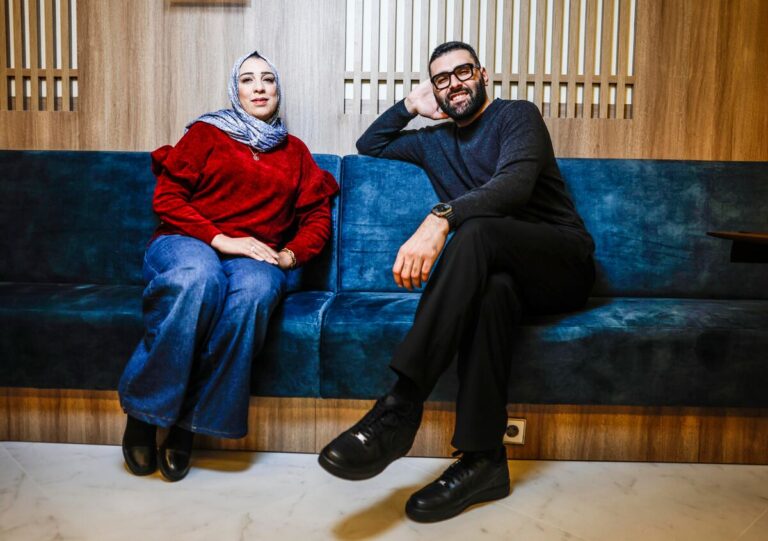
Activists, researchers and members of the Intergovernmental Panel on Climate Change (IPCC), meeting in Belem during COP30, reiterated that humanity is not doing what is necessary to prevent an excessive rise in global temperatures and the catastrophic consequences that threaten human and natural life support systems.
The recurrence and worsening of disasters caused by hybrid risks, especially geological, hydrological and climatological risks, concludes that humanity is losing the race against the climate emergency. The world remains below the levels needed to mitigate greenhouse gas emissions and adapt the living conditions of vulnerable people living in areas susceptible to climate disasters.
In this context, an adaptation project is underway in Brazil, coordinated by the Ministry of Urban Affairs in cooperation with Metropolitan Observatories, and bringing together researchers from various institutions. The aim is to improve the formulation and application of urban policy instruments aimed at climate adaptation in cities. One of the outputs of this project is the Urban Climate Risk Index (Iruc). It was created by the authors of this article within the scope of the Urban Struggles and Public Policy Observatory (Olupp) of the Unifesp Urban Institute to measure the risk of climate disasters in the urban areas of 5,570 Brazilian municipalities.
Iruc is used by the Ministry of Urban Affairs as a selection criterion for the 50 municipalities that will be part of the first phase of the adaptation project (Notification SNDUM 03/2025). These cities will receive technical and financial support to improve urban policy instruments and promote proactive adaptation in areas facing the impacts of climate risks.
Risk occurs when a hazard affects vulnerable people in a sensitive area and causes human and material losses. According to the Brazilian Disasters Digital Atlas (1991-2024), 26.9 million people and 881,000 households were affected by floods. The flood destroyed a population of 4.5 million people and 181,000 homes. 29.9 million people and 735,000 homes were affected by flooding. As a result of the tectonic movement, 4.9 million people and 66,000 households were lost. These and other data constituted the Iruc calculation, which was constructed from standardized indicators by the Z-score method and aggregated into three indicators.
1 – Disaster Index: Based on the occurrence of heavy rains, floods, floods, landslides, heat waves, droughts, tornadoes, and cyclones extracted from the atlas. Past disasters are thought to be indicative of future dangers.
2 – Exposure Index: Includes data on affected populations, housing, infrastructure, and public services representing exposure to climate change.
3 – Vulnerability Index: Formed by the Sensitivity Index (2022 Census data on vulnerable populations and households) and the Adaptive Capacity Index (data on federal transfers, financial capacity, urban planning, and risk management).
The results show that eight Brazilian municipalities exhibit very high urban climate risk (Iruc> 1): Alenquer (PA), Bandeira do Sul (MG), Campo Grande (MS), Coronel Sapucaia (MS), Cuiaba (MT), Ipojuca (PE), Oriximina (PA), and Padre Carvalho (MG). Another 603 are at high risk (0.25 to 1), 2,154 are at intermediate risk (0 to 0.25), and 2,805 are at low risk (0 to -1).
The adaptation project prioritizes 611 municipalities with very high and high risks. Of these, 80 are in the Amazon, 290 in Caatinga, 56 in the Cerrado, 168 in the Atlantic Forest, 16 in the Pampas, and 1 in the Pantanal. Medium-risk municipalities have reached the national average and also require continuous adaptation efforts in the short, medium and long term.
In the face of a worsening climate emergency, such efforts are urgent and must be guided by social, racial, spatial, and environmental justice, which are essential conditions for urban adaptation to be effective and equitable.
Trends/Discussions
Articles published with signatures do not reflect the opinion of the newspaper company. The aim of this publication is to stimulate debate on Brazilian and world issues and to reflect different trends in contemporary thought.



